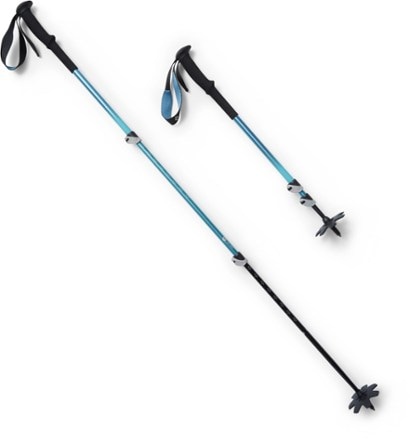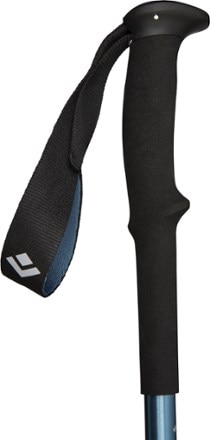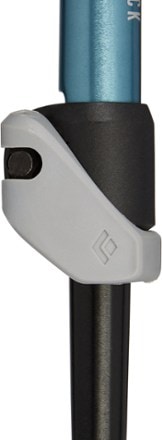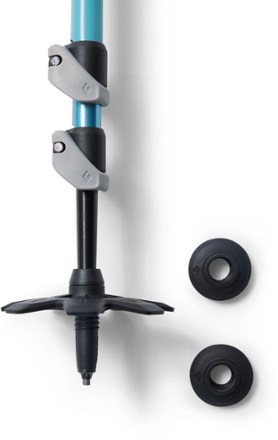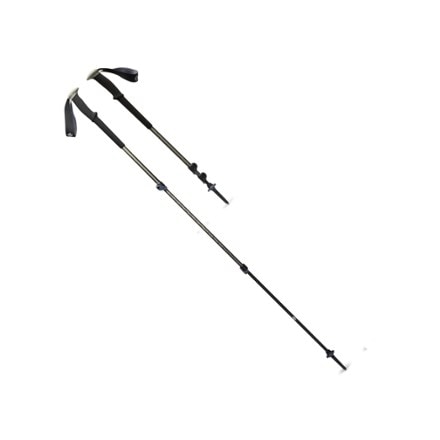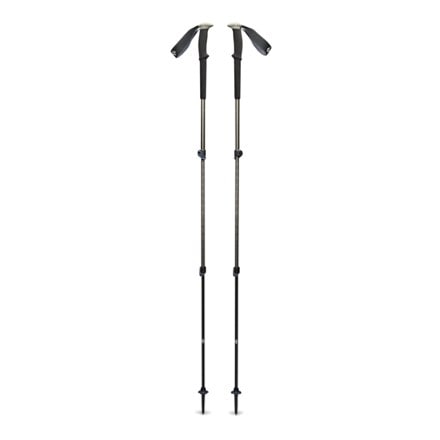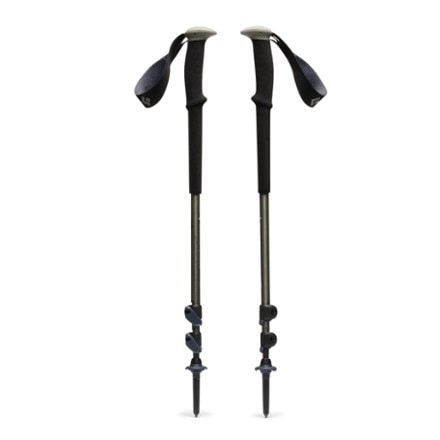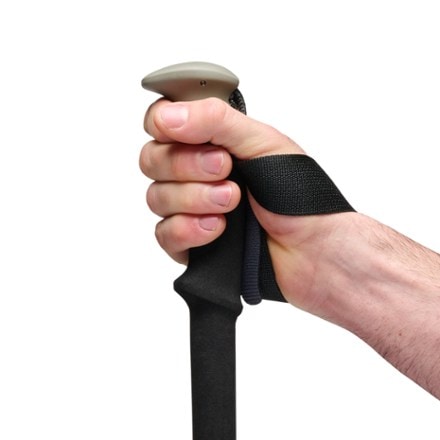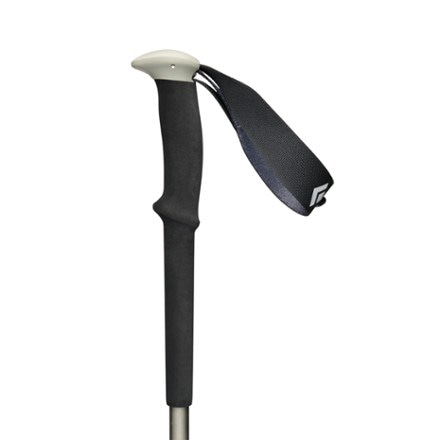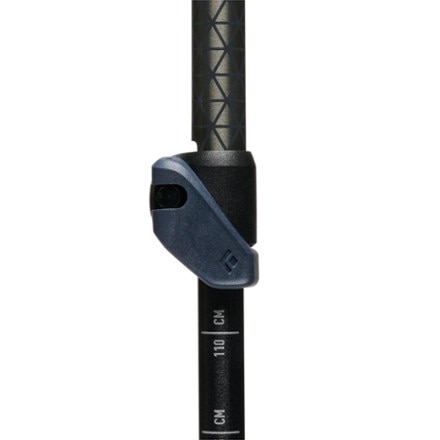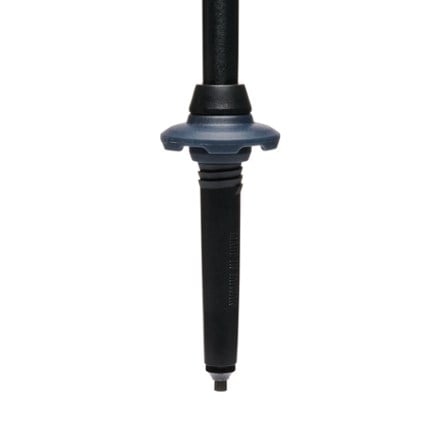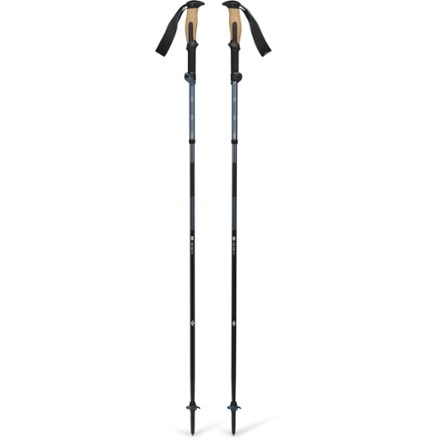Black Diamond Trail
(4 products)- Snowsports (4)
- Snowshoeing (4)
- Gadgets (4)
- Top Rated (2)
- New Arrivals (2)
- Shock Absorbing (1)
- 121 - 130cm (1)
- 131 - 140cm (4)
- $50.00 to $99.99 (1)
- $100.00 to $199.99 (3)
- Hiking (4)
- Backpacking (1)
- 0.5 to 0.99 (2)
- 1 to 1.49 (2)
- Unisex (4)
- Metal (4)
- Black DiamondTrail Back Trekking Poles - PairTop Rated$99.95(51)51 reviews with an average rating of 4.5 out of 5 stars
- Black DiamondTrail Trekking Poles - PairTop Rated$119.95(9)9 reviews with an average rating of 4.8 out of 5 stars
- Black DiamondTrail Vista Shock Trekking Poles - PairNew arrival$169.95(0)0 reviews
- Black DiamondTrail Vista FLZ Trekking Poles - PairNew arrival$159.95(0)0 reviews
Related Expert Advice articles
Match the harness type to your climbing style
- Sport or indoor climbing harnesses tend to be stripped down for fast travel and feature minimal gear loops.
- Trad climbing harnesses include more gear loops since climbers place their own protection. Comfort and padding are key, as you may spend hours on a route or hanging in your harness.
- Mountaineering harnesses are designed for long approaches and all-season versatility.
Key features:
- Adjustable leg loops: Fit different body types and clothing layers.
- Gear loops: Range from two to five loops to rack your gear.
- Waistbelt padding: Thicker padding or broader surface area helps distributes pressure, adding comfort.
Women-specific harnesses
Many climbing harnesses are available in unisex models, but some are designed to better fit a women's body. Pick a women-specific harness if it better matches your body type.These harnesses typically feature a higher rise, a larger leg-to-waist ratio and a shaped waistbelt.
What type of belay device is best for you?
- Tubular belay device: Compact, light and easy to use. Lightweight climbers may find them slow for rappelling. Best for gym, sport and multipitch trad climbing.
- Assisted-braking belay device: Easy to control, feed rope smoothly and aid in stopping falls. Heavier and not compatible with certain rope diameters or icy/wet ropes. Best for gym, sport and multipitch trad climbing.
- Figure 8 Belay Device: Efficient and smooth for rappelling, efficiently dissipate heat from friction and work with most rope diameters. Harder to handle. Best for search and rescue, caving and rappelling.
Read full article: The 4 Best Approach Shoes of 2025: Staff Picks
Locking vs. Non-locking
Locking carabiners have gates that can be locked to prevent accidental openings. Use them for belay/rappel devices and critical protection placements. Choose between:
Screw-lock: Requires manual twisting to close.
Auto-locking: Automatically locks when the gate closes.
Non-locking carabiners are lighter, quicker to clip or unclip but can accidentally open. Ideal for racking gear or for quickdraws.
Shape
Asymmetric D: Most common design; lightweight with a large gate for easy clipping. Great for sport and trad climbing.
D shape: Strongest shape, excellent for most kinds of climbing. Ideal for racking trad gear.
Pear shape: Designed for belaying, rappelling and anchor points. Heavier and more expensive.
Oval shape: Smaller gate opening and affordable. Ideal for aid climbing or racking trad gear. Not as strong or light as other shapes.
Gate Types
Straight-gate: Durable and easy to use. Good for various purposes and sport-climbing quickdraws.
Bent-gate: Makes rope clipping easier. Generally used for quickdraws.
Wire-gate: Lightweight, less likely to vibrate open during a fall or freezing shut.
Locking: Most secure; required for use with belay/rappelling devices and critical protection placements.
Types of packs
Backpacking packs can be 30 to 70-plus liters. To choose the right capacity, consider trip duration and the gear you’ll bring.
Backpack features
Think about the frame type, location of important pockets, padding and ventilation, among other things.
Backpack fit
Your pack should be correctly sized for your torso length (not overall height) and hip circumference. A fit-expert at an REI store can help.
